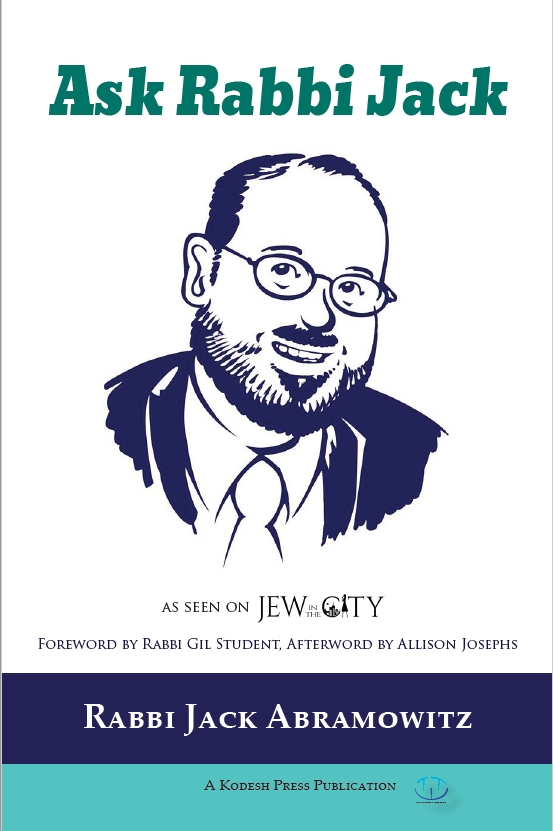Who Named the Parshas? and Other Parsha Questions
Real questions, submitted by actual OU Torah followers, with their real answers. NOTE: For questions of practical halacha, please consult your own rabbi for guidance.
Q. Who named the parshios and when?
A. Thanks for your very interesting question. No one sat down and named the parshas, the names evolved “grass roots.” The names are generally taken from the first significant words in the parsha, ignoring things like “VaYomer” and “VaYedaber.” There are still some variations. For example, parshas Noach begins “elei toldos Noach,” while parshas Toldos (which appears later) starts “v’elei toldos Yitzchak.” So Noach could just as easily have been named Toldos, things just didn’t evolve that way.
Sometimes the name of a parsha got changed. For example, what we call parshas Metzora, the Rambam calls “V’zos Tihiyeh.” Similarly, the Sefer HaChinuch refers to a parsha called “Im Kesef Talveh.” That’s because these names aren’t mandated.
As far as when, even in Talmudic times, the annual Torah-reading cycle was not yet universal. Some communities continued using the triennial cycle into the Middle Ages (and perhaps beyond). As more communities adopted the annual Torah cycle, the corresponding names increased in usage.
-------------------------------
Q. What is the purpose of the {P} or {S} at the end of some lines in the Chumash? Thank you for your time in this matter.
A. These stand for the Hebrew words pesucha (open) and sesuma (closed) and they reflect the section breaks in the text. When it says P, it means the section ends and the next section begins on a new line. When it says S, it means that a section ends and the next section begins after a gap on the same line.
----------------------------------
Q. Where in the Torah does it say the words "Yosef Hatzaddik?"
A. Nowhere. The Torah also never says "Avraham Avinu" or "Moshe Rabbeinu." These are terms that we coined for our great leaders. (Fun fact: Noach is the only person referred to as "tzaddik" by the Torah.)
----------------------------------
Q. When did Jews start having a weekly Torah portion?
A. Moshe instituted reading the Torah once a week and Ezra expanded that to every few days, as we do now. Exactly what was to be read, however, was not formalized. Even in Talmudic times, many communities followed the current one-year cycle but some followed a three-year cycle. By Medieval times, the one-year cycle was certainly the predominant practice but there were still some communities that followed the three-year cycle
Rabbi Jack's latest book, Ask Rabbi Jack, is now available from Kodesh Press and on Amazon.com.

